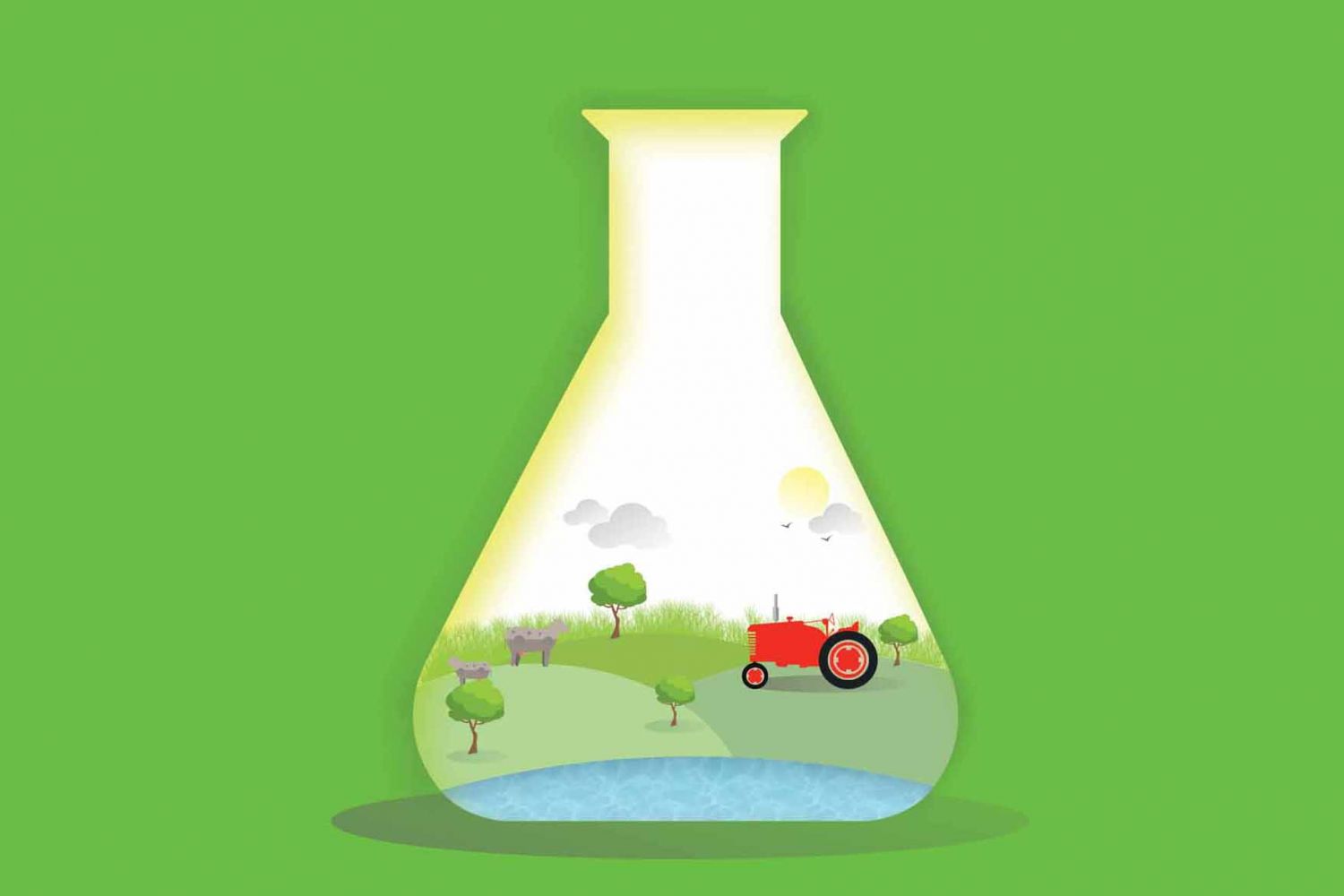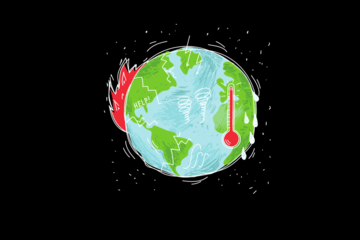
It’s a hot afternoon
and Narayana is standing at the edge of his one-acre field. He wades in, toes
squishing in the mud, to the patch where rice stems have been flattened and lie
on their sides. Wild winds and rains a week earlier loosened the culms from the
soil, knocked down the stems in patches, their panicles pregnant with greenish
yellow spikelets. The damaged patches amount to half an acre.
He bends down to his
task, collecting the stems and tillers and ties them into sheaves so





